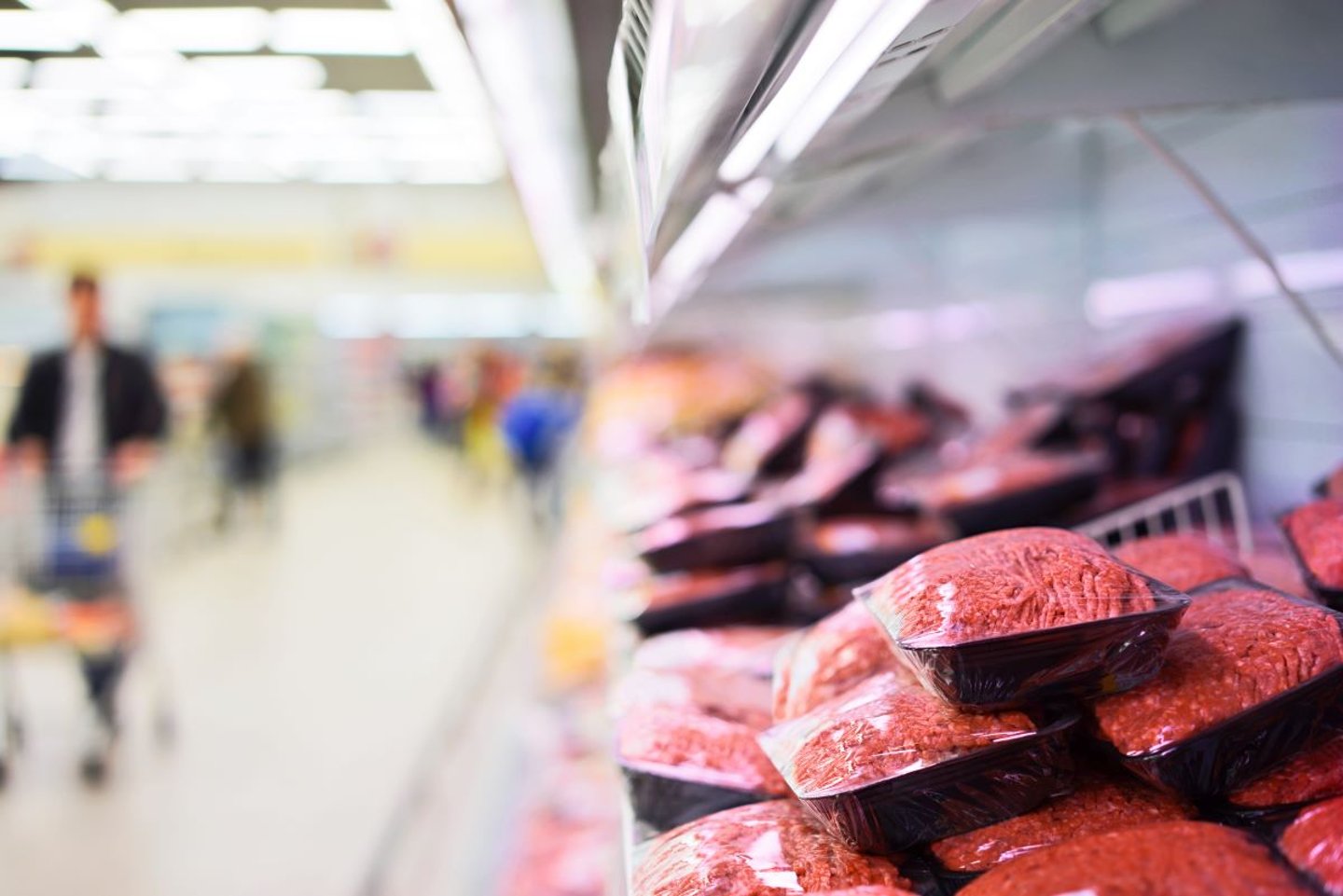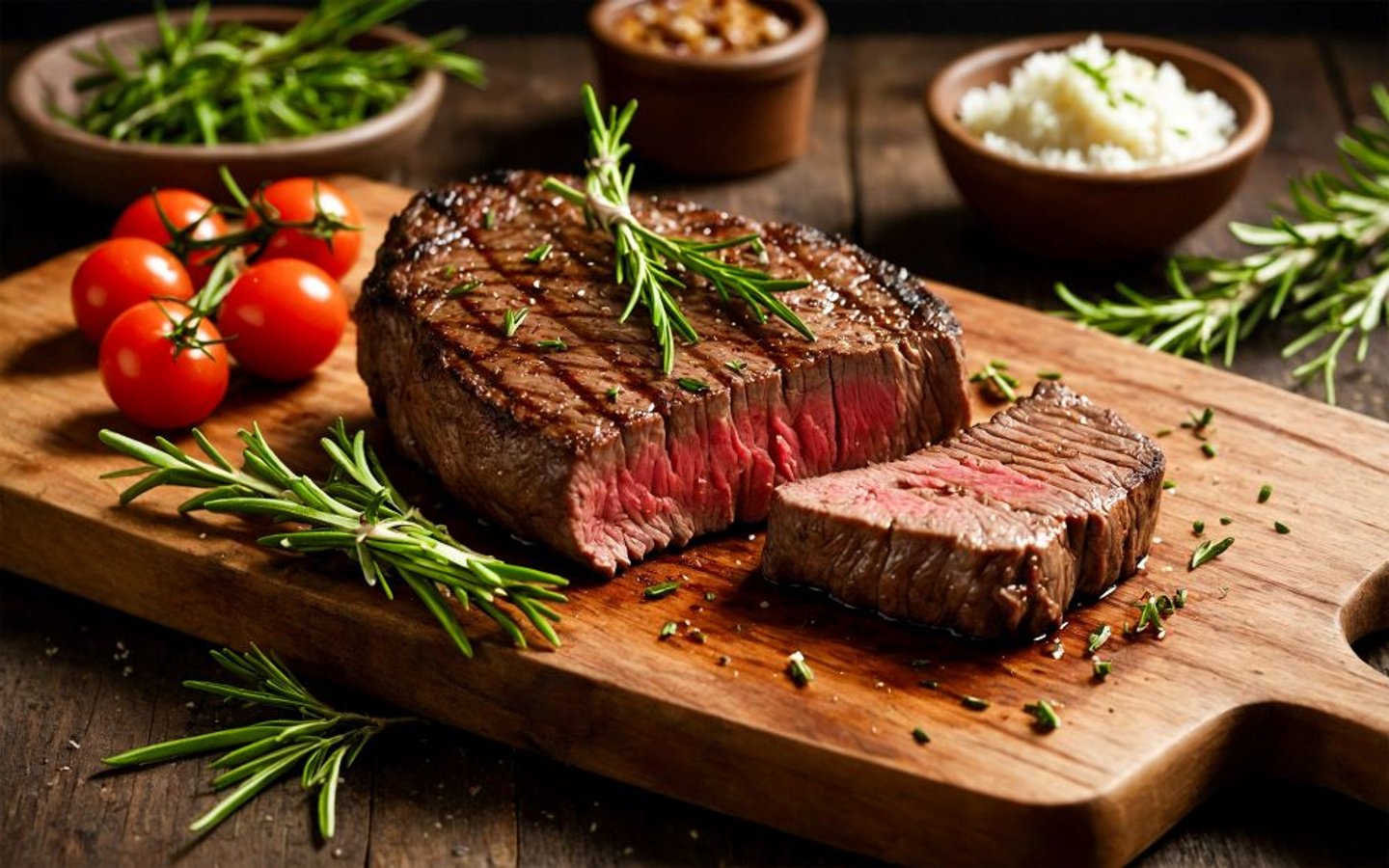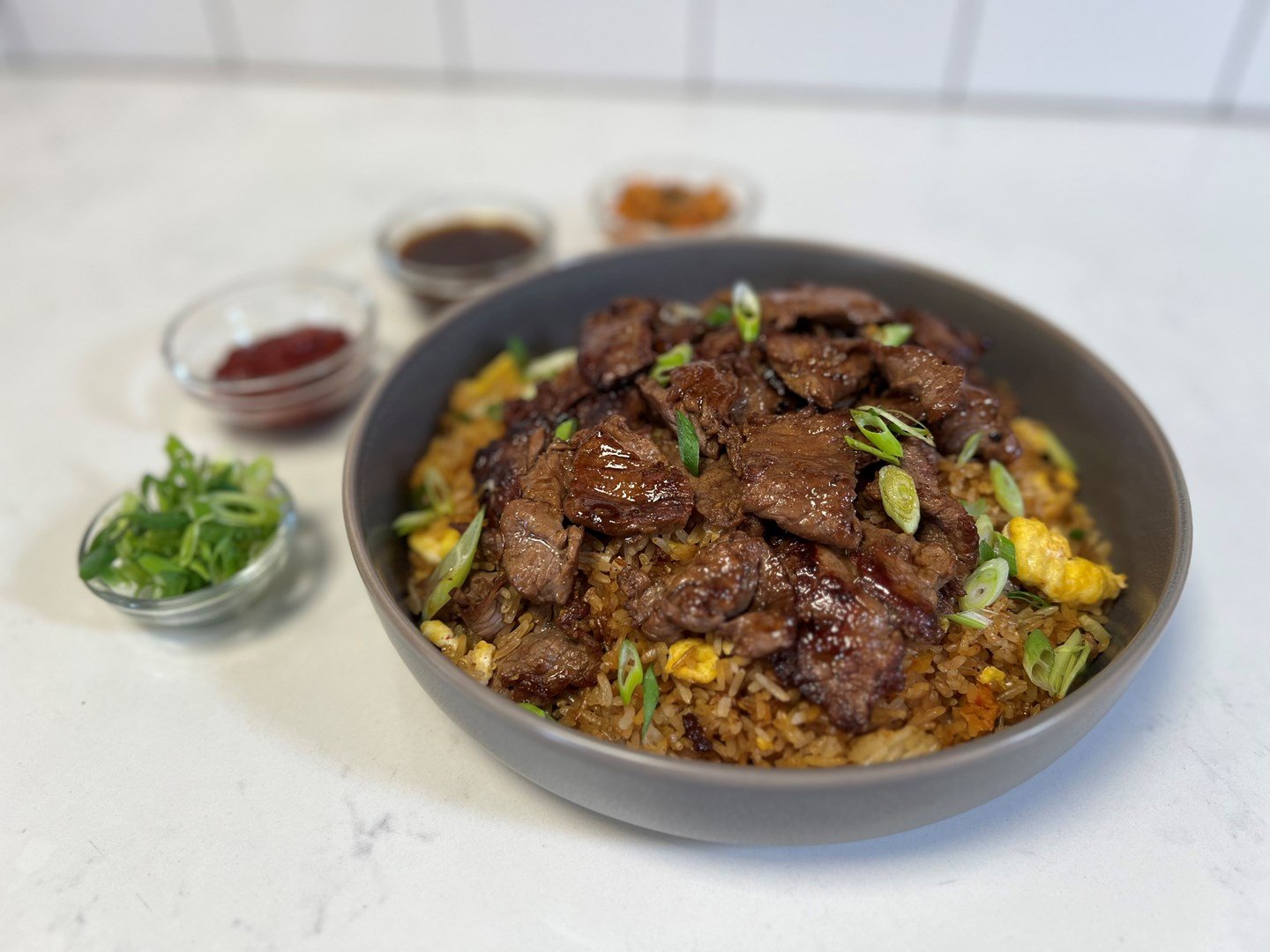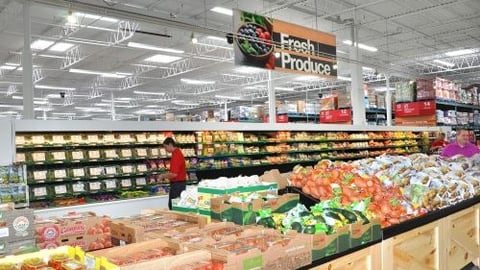Beef Market: The Seesaw of Supply and Demand
Key Takeaways
- Consumers still favor beef thanks to such factors as taste, flavor and tradition.
- Shoppers are splurging on higher-end cuts of beef for special occasions, while ground beef consumption remains strong amid economic uncertainty.
- Value-added beef resonates with shoppers, and beef billed as better for you and for the planet grows in popularity.
To borrow a category term, the market for beef seems to have a bit of lean and a bit of fat for those that produce and purvey this staple protein.
The seesaw of supply and demand is reflected in mixed statistics. For example, beef prices rose 3.7% from December 2023 to December 2024, but the uptick was eclipsed in a positive way by a 4.9% gain in pound sales.
Although such data points bode well for retail meat departments, a broader look at the beef category from the U.S. Department of Agriculture (USDA) shows a less stable environment in the coming months. The USDA’s Economic Research Service forecasts a decline in per capita consumption from 58.2 pounds in 2024 to 56.3 pounds this year.
As is typically the case with beef, supply-side economics have a lot to do with the shape of the market. In a recent blog post on likely market trends for 2025, Patrick Linnell, an analyst with market research firm CattleFax, in Centennial, Colo., projected that the cattle cycle indicates a tighter supply. In this cycle of production declines, prices may rise, depending on demand.
Linnell maintained, however, that that despite price increases over the past few years, consumers still like their beef. “The fact that beef and cattle prices across all classes marked new records in 2024, despite steady to larger supplies, is a testament to the strength of demand for U.S. beef,” he asserted, adding, “The economy has, to this point, avoided a recession and the consumer has continued to favor beef despite inflationary challenges.”
That sentiment is shared by Anne-Marie Roerink, principal and founder of San Antonio-based 210 Analytics. “While there was concern over the record-high beef prices due to supply constraints going into 2024, consumer demand has been strong,” notes Roerink. “It shows the importance of taste, flavor and tradition as reasons to spend a little more.”
Making the Cut
Breaking down beef demand by cut, the dual demand drivers of taste and value are evident across the category. For instance, while away-from-home food costs have outpaced food-at-home costs over the past few years, shoppers have demonstrated a willingness to splurge on higher- end cuts of beef on special occasions.
According to the 2024 “Power of Meat” study published by the Meat Institute and FMI — The Food Industry Association, 75% of meat consumers who are cutting back on foodservice outings try to recreate restaurant-style meals at home. Additionally, more than 90% of shoppers say that they’ll spend more on quality meats for events like holidays, personal celebrations and entertaining.
At the same time – and as in previous eras of economic uncertainty – ground beef consumption remains a bright spot in this protein sector. Ground beef sales hit $15.2 billion from December 2023 to December 2024, according to data shared by 210 Analytics and conducted by Chicago-based Circana.
“Demographic shifts, along with the versatility and affordability of ground meat and poultry, has fueled multi-year growth for the grind category,” explains Roerink.
She goes on to put the numbers into perspective. “To illustrate the importance of ground beef to the meat department, it represents 14.6% of the total $104.2 billion department’s annual sales, and it generates 38.1% of total beef sales. That’s mostly unchanged from 2019, when ground beef represented 38.6% of total beef sales. The five-year growth for ground beef is astounding, from $10.5 billion in 2019 to $15.2 billion over the past year.”
[Never miss a story – sign up for Progressive Grocer's FREE Daily newsletter]
Danielle Marta, VP of marketing and innovation at beef producer Thomas Foods International USA, with offices in California and New Jersey, has observed similar demand drivers. “We continue to see strong growth on grinds, as they are a creative solution to stretching your food budget and can be used in a variety of ways, from sliders to chilis to meatballs, quesadillas, meat-topped rice/noodle/grain bowls, and more,” notes Marta.
Roerink points to innovations in this stalwart segment. “The size of the ground beef category also allows retailers to bring more nuance and variety into the set,” she says. “Rather than just the different lean percentages and pack sizes, retailers are experimenting with different primals, such as ground ribeye or sirloin. This is interesting in the light of affordability.
"While a shopper may not be able to afford a ribeye for dinner, ground gives a more affordable route to their beloved cuts," she continues. "Retailers are also experimenting more with different grind textures – for instance, a coarser grind for chili. Another area where I’m seeing a lot of innovation are blends, such as pork and beef, or veal, pork and beef. While we always saw this more in the Northeast, I’m seeing it starting to pop up more in other areas of the country.”
Elsewhere in the category, producers and retailers are trying to provide solutions to consumers who enjoy beef and are looking for shortcuts in some cases and price relief on other occasions. Value-added products, which can include everything from pot roast and vegetable packages for slow cookers to grill-ready marinated kebobs, resonate with shoppers; the 2024 “Power of Meat” study showed that nearly two-thirds of consumers are buying value-added meat either sometimes or frequently.
Why Good is Trending
As with other protein categories, the beef market is getting a lift – and some changes – from the collective focus on health, wellness and sustainability. Beef products billed as better for you and for the planet are finding room in retail meat cases and in consumers’ kitchens.
“We expect consumers to become increasingly more mindful about the foods they put in their bodies and how those foods contribute to long-term health benefits, longevity and vitality,” affirms Kerry Beauchemin, associate director of brand strategy and insights at strategic marketing agency Midan Marketing, which has offices in Chicago and Mooresville, N.C. “Consumer awareness and education around food as medicine will only gain more traction in 2025, with the desire for nutrient-dense foods like beef playing a key role in a balanced and holistic diet.”
Midan’s research bears out that movement. According to the firm’s “Meat Consumer Segmentation 3.0” study, 57% of meat consumers believe that meat contains nutrients that can’t be found easily in any other foods, while 54% believe that, when compared with other types of protein, meat has the highest nutritional value per ounce. “Another important consideration in the health space is how the proliferation of GLP-1 medications for diabetes and weight loss will impact how America eats, as those patients taking semaglutides are encouraged to eat a high-protein diet,” observes Beauchemin.
[RELATED: Conagra 1st to Add ‘GLP-1 Friendly’ Label to Food Packaging]
Many shoppers are interested in where beef comes from and how it was produced, considerations that extend from breed to feed to a host of other factors. “Demand for beef, especially organic and grass-fed and grass-finished, remains strong,” says Marta. “Consumers value the benefits of grass-fed products, and when it comes to center-of-the-plate items like meat, claims matter.”
For her part, Roerink offers some supporting insights. “Within organic fresh meat and poultry, beef generates a little more than one-third of dollar sales, at just under $1 billion annually,” she says, noting that here, too, ground beef is fueling gains.
The marriage of premium cuts and sustainable storytelling can differentiate a brand. For example, Alberts Craft Meats, in Wisner, Neb., is making its mark as a boutique brand specializing in high-quality, ethically raised Nebraska beef and a line of prepped proteins, with bundles of prep-ready beef portions.
“I think people are deciding that they are already committed to buying a highest-end protein in beef, and they might as well have a more premium source and full traceability,” explains owner Blake Albers, adding that his company’s protein portfolio is expanding beyond direct-to-consumer sales to independent retailers in the Midwest.
Meanwhile, the focus on the health effects of seed oil has caused a renewed interest in the related product of beef tallow. In addition to quick-service restaurants like Steak n Shake bringing back tallow, some grocers are carrying the product on their shelves.
Retailers are also spotlighting a host of beef products that make a difference to people and the planet. Asheville, N.C.-based Earth Fare, for instance, recently held a grass-fed beef event, touting the availability of beef raised without antibiotics, added hormones or GMOs, while last year, Eugene, Ore.-based independent grocer Market of Choice, with 11 locations, became the state’s first retailer to team up with Royal Ranch, a Royal City, Wash.-based producer of carbon-neutral beef.








